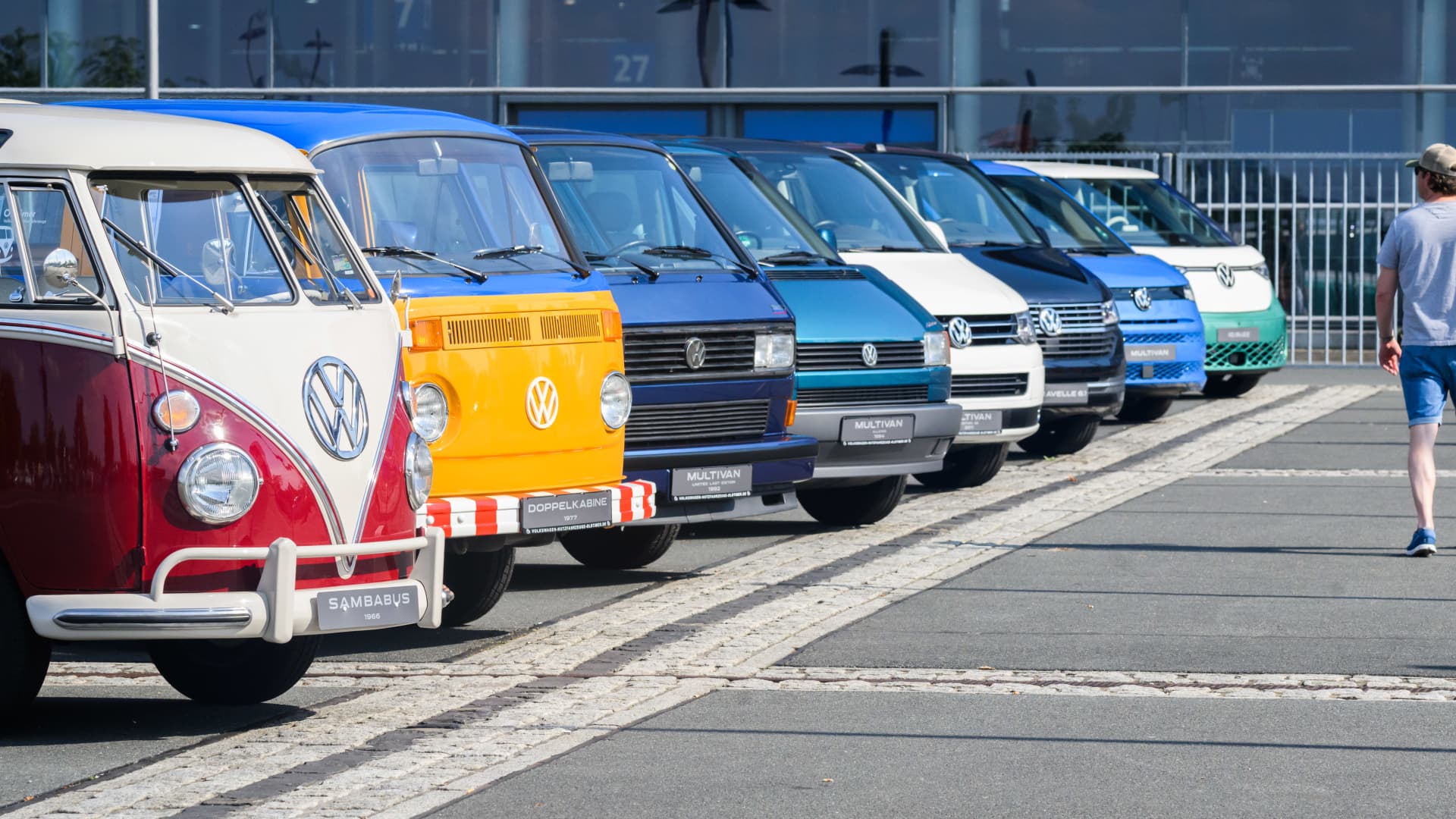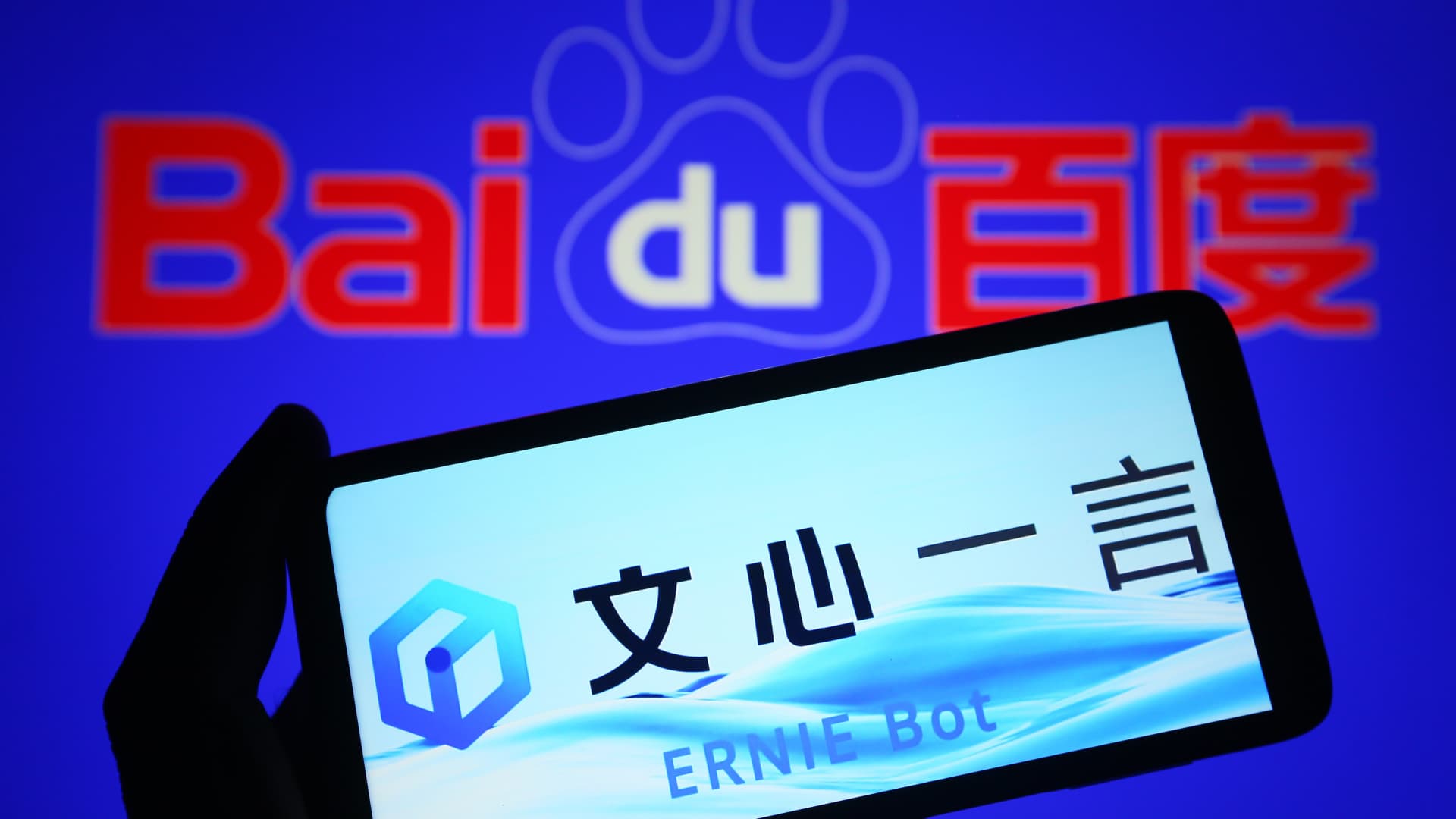Technology
Friday, August 25th, 2023 5:00 am EDT

The Volkswagen Type 2 bus, known for its split windows, rear engine and distinctive colors, is making a comeback. In 2024, Volkswagen will deliver its electric ID Buzz line to North America.
The “bus,” as many fans know it, is deeply ingrained in American culture and evolved into a symbol of protest starting in the 1960s.
“There was an unpopular war. There were conflicting ideas of what the American dream was,” said Damon Ristau, the director and producer of “The Bus” documentary. “That culture grabbed on to these vehicles.”
As counterculture movements spread through the states, the bus was aligned with antiwar protests and hippies, and even was used by civil rights activists to transport schoolchildren in the segregated South.
From 1950 to 2003, four generations of the Type 2 bus were sold in the U.S., with nearly 1 million total deliveries, according to VW. The last generation imported to the U.S. was the T4 “Eurovan” model.
“After the Eurovan, the minivan segment was sort of on the decline,” said Jeffrey Lear, product manager of electric vehicles for Volkswagen of America. “The van segment in the U.S. comes with a lot of baggage. There are a lot of feelings that come with buying a van.”
Worldwide, VW has delivered nearly 19 million Type 2 buses since its inception, including the T5 through T7 generations which are still being developed in Europe, according to the company. With the ID. Buzz, VW is hoping to change up the narrative.
“It’s our modern interpretation of what we believe a bus is like for the future,” said Lear. “We’ll never call this a van or a minivan from Volkswagen of America. For us, this is a new segment. It is the bus segment.”
“There are a lot of people that have been very excited about this day for over 20 years,” said Ristau. “It’s sort of a homecoming reunion.”
The North American model will have three rows, a maximum of seven seats and a 91 kWh battery, but VW hasn’t released any details on the range or price. However, it says the range is comparable to the ID4, which has a maximum range of 275 miles per charge.
“It’s larger than our ID4,” said Lear. “And since this is a larger battery, you would think it’d get more. But when you take a look at this thing, you realize that it’s much larger and much less aerodynamic than an ID4. So, I think you can expect probably a hair under that figure,” he said.
In the past, the bus has been built all over the world, from VW’s native Germany to South Africa and Australia.
Currently, VW is assembling the electric ID.4 in Chattanooga, Tennessee, but it told CNBC it has no plans to extend that production to the ID Buzz, even with the Biden administration’s EV incentives.
“For now, we plan to just keep it in Europe,” said Lear.
Production will take place at VW’s Hannover, Germany, plant and it will be exported globally. Europe has already started presales of the model and the North American version is expected to arrive at dealers by 2024.
Watch the video to learn more about the evolution of the VW bus and its electric future.
This post has been syndicated from a third-party source. View the original article here.




